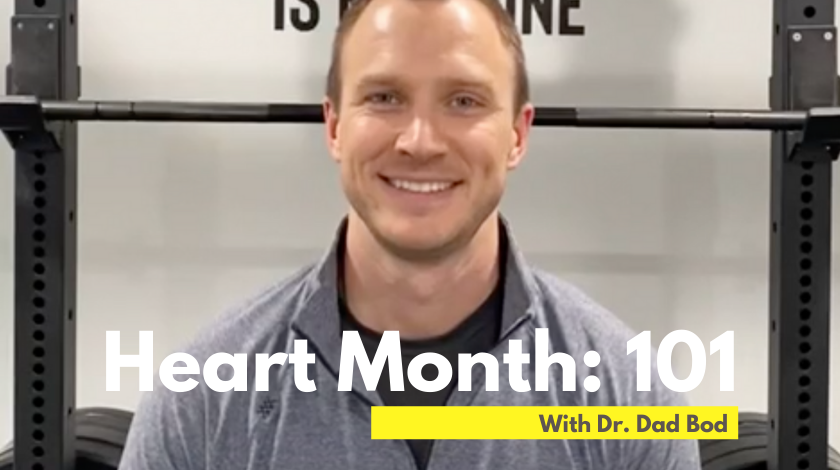February is Heart Month – check out the videos and read below for some more info on this amazing organ!
1. Basic explanation of the circulatory system
The heart is made up of different tissues including muscle, valves, and electrical fibers. It has four chambers – 2 atria (receive blood) and 2 ventricles (pump blood).
We think of the heart as having 2 sides:
Right side – pump used blood to the lungs for oxygenation, back over to the left side
Left side – pump oxygenated blood through arteries to the body, back through veins to the right side
2. Overview of common types of heart disease
Coronary artery disease – plaque buildup and blockage of the coronary arteries, which supply blood to the heart muscle. Plaque rupture and total blockage can cause myocardial infarction (heart attack.
Heart failure – pump dysfunction caused by heart muscle weakness (systolic heart failure), stiffness (diastolic failure), or valve problems (tight valve = stenosis, leaky valve = regurgitation). Symptoms of heart failure include fluid overload/swelling and shortness of breath.
Abnormal heart rhythms – the most common is atrial fibrillation, which if undetected/untreated can lead to problems like stroke or heart failure.
3. The lingo”
EKG (electrocardiogram) – a tracing of the heart’s electrical activity, used to diagnose rhythm, detect massive heart attacks, and screen for structural abnormalities
Echocardiogram (“echo”) – an ultrasound of the heart that can provide important information about its structure and squeeze function
Tachycardia – heart rate >100
Bradycardia – heart rate <60
Troponin – an enzyme released into the blood by damaged heart muscle, detected via bloodwork. It is used to diagnose heart attacks, but can also be elevated in other situations when the heart is under stress.
Ejection Fraction - the percentage of blood that is squeezed from the left ventricle with each beat. A normal ejection fraction is about 60%.
Stress test - a noninvasive procedure used to detect abnormal blood flow to the heart (suspected severe coronary artery disease). It can be completed on a treadmill, or by injecting medications that cause the heart to beat fast or dilate its arteries, and uses EKGs, echocardiography, and/or a nuclear medicine scanner to detect abnormalities suggestive of poor blood flow.
Angiogram (“cath”) - an invasive procedure whereby physicians inject contrast dye into the arteries of the heart in order to visualize any suspected blockages
Stent - a small device placed during an angiogram to open up a blocked artery
Atrial fibrillation (A-fib) – a common abnormal heart rhythm originating in the atria of the heart. It is common with old age but also can be caused by structural heart disease, medical illnesses (including thyroid disorders), and excessive alcohol use. Complications of “A-Fib” can include tachycardia, heart failure, or stroke. Treatments include fixing the rhythm with cardioversion (electrical shocks), medications; sometimes the rhythm is allowed to persist, and patients may be prescribed medications to lower their heart rate, as well as blood thinners to prevent stroke.

